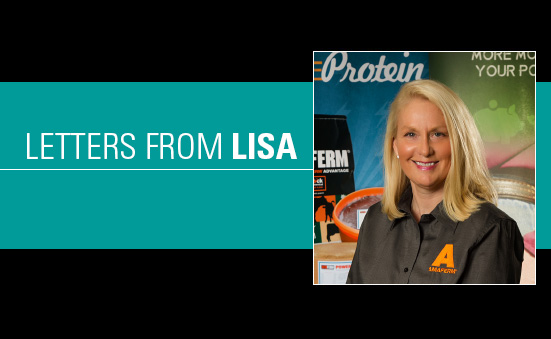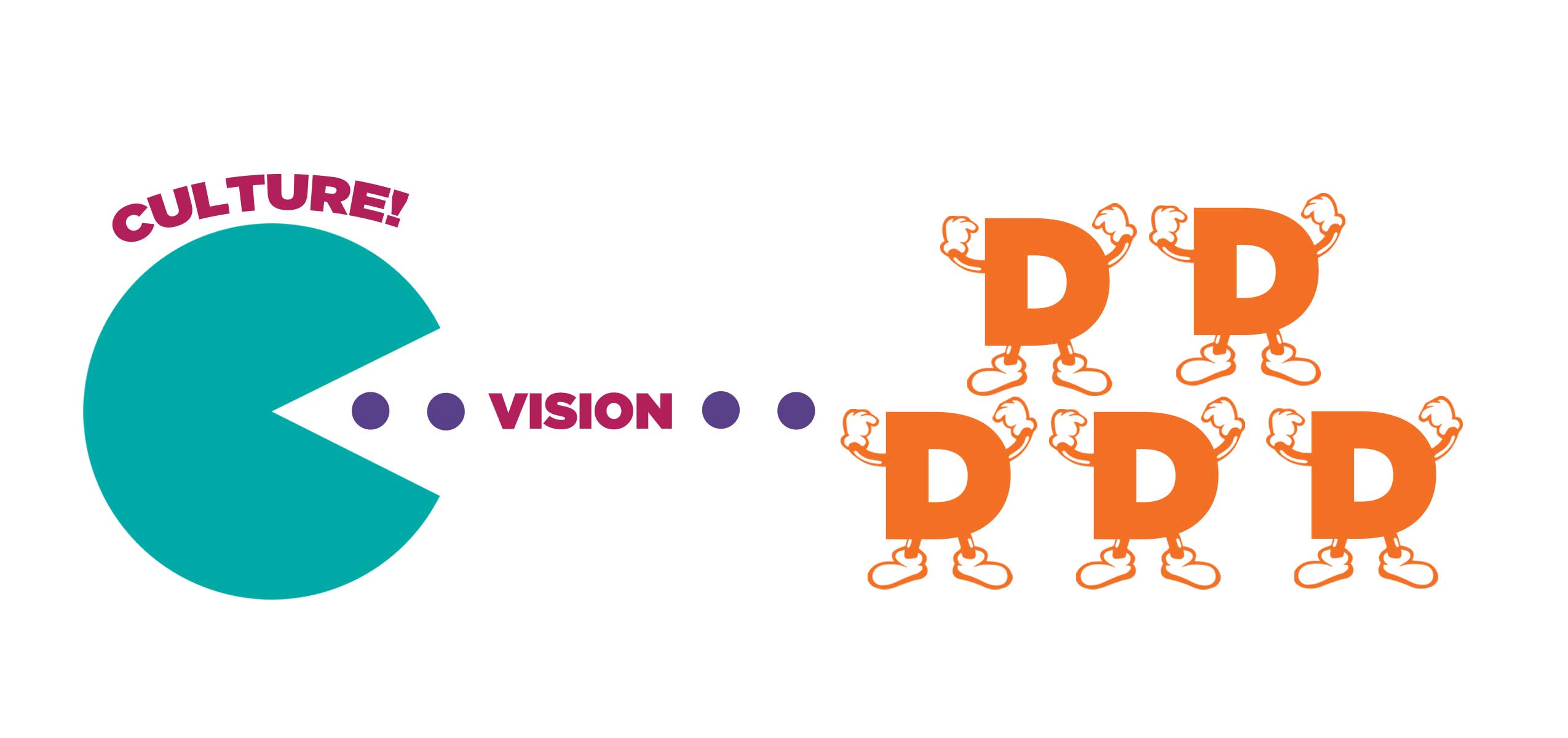Location, location, location, or is it relationships, relationships, relationships? Definitely relationships. Find them, nurture them and watch sales soar.
At BioZyme®, that last sentence is key to how we view our responsibility to each of you. This is what really differentiates us from the many options you have in selecting a company’s mineral program to bring into your dealership.
At BioZyme, we believe our relationships will become your relationships and vice versa if we find, nurture and soar.
Find
To reach our full potential we all need to find meaningful connections with a very broad palette of folks who see things differently than we do, ask very different questions and imagine very different possibilities. BioZyme is committed to finding these meaningful connections so we can connect you. Our exclusive partnership with Superior is one of those connections. As the data continues to roll in and the exclusive value-added nutrition VitaFerm® Raised and Gain Smart® emblems equate to significantly more per pound (currently a 7 cent per pound advantage), the connection will help sales soar.
Nurture
Eighty-one to 90% of customers research your business before they make a purchase. Researching your business means that they go out of their way to learn about who you are and what you do, try to figure out if they can trust you enough to solve their pain points and watch your ‘moves’ to see if you truly deliver on the results you promise. In today’s business, it is important to establish and nurture a relationship from the very first contact through a carefully crafted process, up until the customer is ready to trust the products enough to make a purchase. BioZyme is committed to making sure at every one of these touch points information is easily and readily available, the products do exactly what we say they do and new products are added that assist with their pain points. We strive to help make business more sustainable – yours and theirs.
Do you have a nurturing process in your business that leads your customer up to a sale and other repeat businesses? If not, take the time, find a way.
Soar
An important ingredient in business is celebrating each and every triumph—and forgetting about each and every failure—both with the people around you and with yourself, too. BioZyme is committed to helping you remember just how amazing you are each and every day.
The defining attribute of a great business relationship is when each party has an emotional stake in the other’s success. That defines this team. So all we need to do is . . . . Take the Time. Find a Way.
“You will get all you want in life if you help enough other people get what they want.”-Zig Ziglar






 Our growth has been impressive and would not be possible without each of you. This growth makes it easy to ask how many more years is this really possible? The answer to that is objective and easy when you assess it from the market share perspective. At the end of 2016, our market share in the cow-calf sector was 1.5%. On a state-by-state basis it ranges from 10% in Indiana down to 0.2% in Texas. Just to give you some comparative perspective, McDonalds has 17% market share in the fast food industry, while the strongly misguided Chipotle has 2.2%.
Our growth has been impressive and would not be possible without each of you. This growth makes it easy to ask how many more years is this really possible? The answer to that is objective and easy when you assess it from the market share perspective. At the end of 2016, our market share in the cow-calf sector was 1.5%. On a state-by-state basis it ranges from 10% in Indiana down to 0.2% in Texas. Just to give you some comparative perspective, McDonalds has 17% market share in the fast food industry, while the strongly misguided Chipotle has 2.2%.

 All this sounds like a game changer to me. As business leaders, how do we manage a game changer and still GROW exponentially? And yes it is possible because when there is a will there is a way. Here are some ideas:
All this sounds like a game changer to me. As business leaders, how do we manage a game changer and still GROW exponentially? And yes it is possible because when there is a will there is a way. Here are some ideas:

